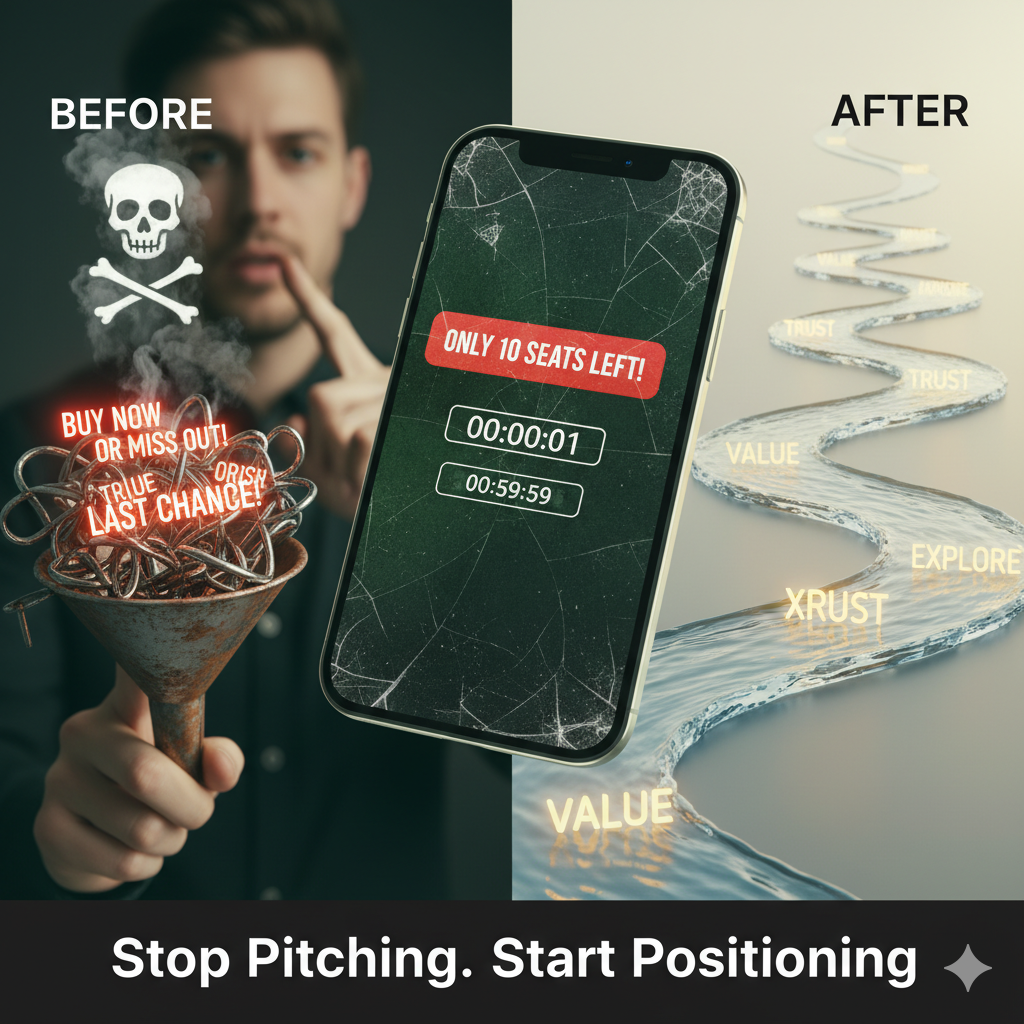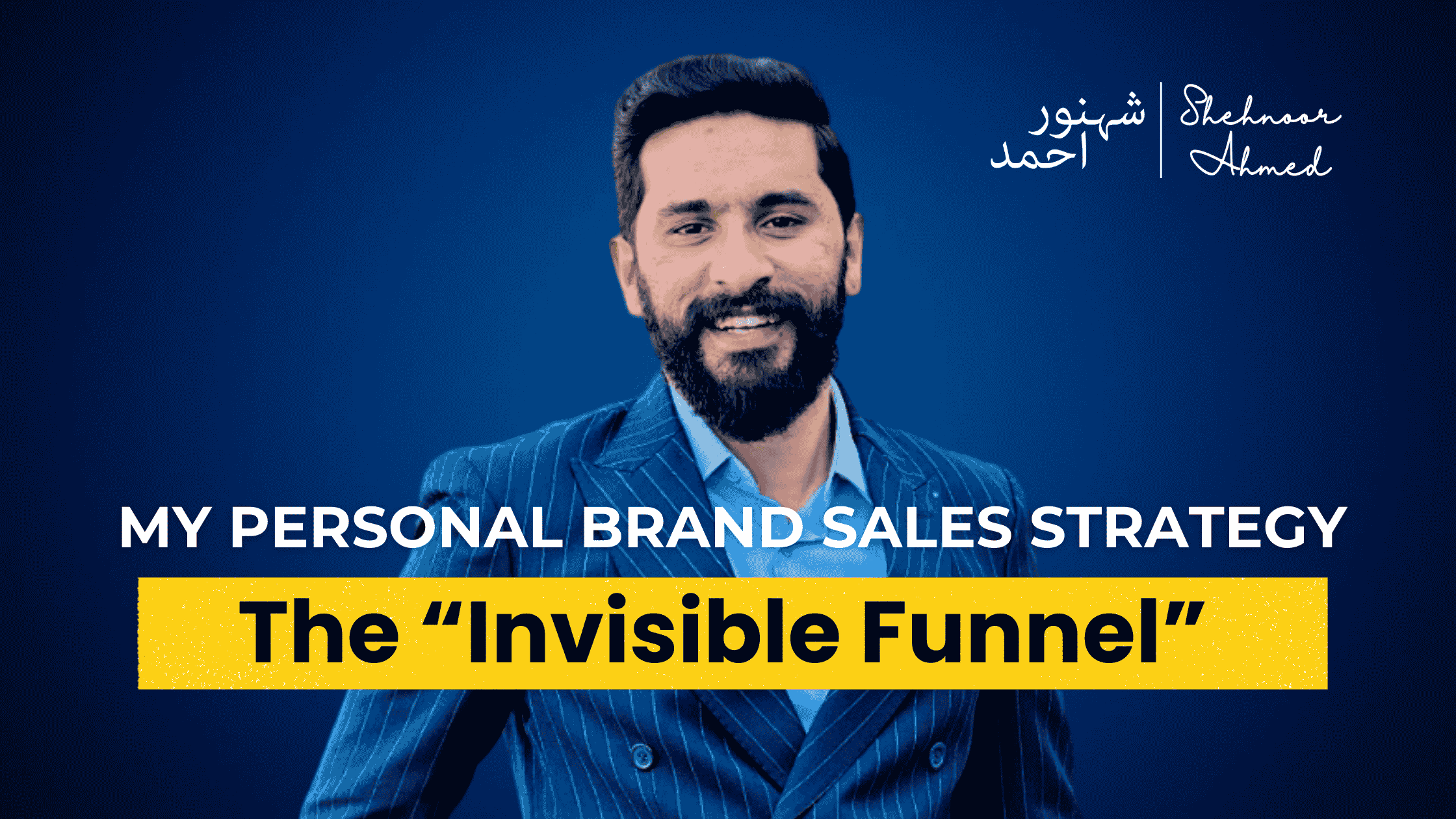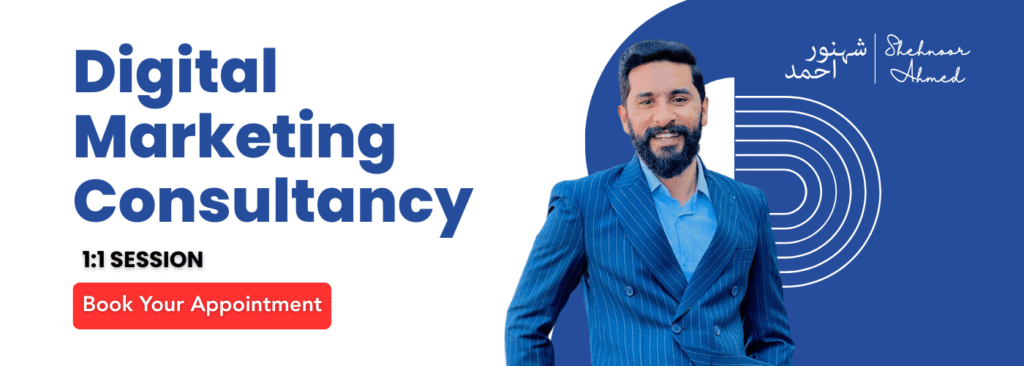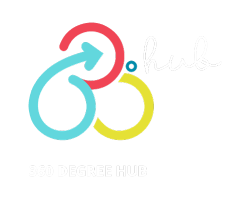Why Most Funnels Feel Fake (And Why I Ditched Them)
Let me guess.
You’ve seen the same tired funnel setups over and over again:
- The “only 10 seats left” timer that magically resets every visit
- The high-pressure webinar with fake urgency
- The 6-email sequence that screams BUY NOW OR YOU’LL MISS OUT FOREVER
Yeah… I used to build those too.
Until I realized something important:
They don’t build trust.
They burn it.
The truth? My best-performing sales system doesn’t feel like a funnel at all.
There’s no pressure. No pitch. No manipulation.
But it quietly converts on repeat.
That’s what I call the Invisible Funnel.
And it’s how I’ve grown my brand, affiliate income, and email list without cold DMs or sales tricks.
Stop Pitching. Start Positioning

Here’s a lesson I learned the hard way:
The more I “sold,” the less people bought.
But when I focused on positioning showing up with value, being transparent about my process, and creating content that made people trust me, everything changed.
Here’s a quick story:
I wrote a blog post breaking down the tools I actually use in my digital business. No fluff. No affiliate-heavy listicle. Just honest context: what I use, why I use it, and how it fits into my system.
At the end, I casually linked to my Tools Page. No big CTA. No “exclusive deal.” Just:
“Want to see the full stack I use daily? Here’s everything.”
That post still sends people to my tools page every single week and quietly earns.
Why? Because trust is the funnel.
I’ve realized funnels aren’t linear pipes anymore. They’re pathways of belief.
Think of it like this:
Content → Value → Curiosity → Click → Action
That’s the new funnel.
And it works because people don’t want to be sold to.
They want to trust you enough to buy on their own.
The Warm-Up Engine: Content That Pre-Sells
Most people try to shortcut trust.
They build a funnel, slap in some “lead magnets,” and blast emails like it’s still 2010.
But here’s what works better and faster:
Creating content that shifts beliefs.
My emails, blog posts, and newsletters are all designed to do one thing:
Warm people up without selling.
Here’s a content loop I use often:
- A blog post that solves a very specific problem
- A follow-up email that expands on the idea
- A casual tool mentions that links to a deeper page
- A weekly newsletter that keeps the loop alive
This isn’t spamming. It’s sequencing.
Every touchpoint builds more trust.
One of my 10-day content sequences led to 40% of readers clicking the tools page with zero hard pitch.
That’s not luck.
That’s alignment: the right message at the right time to the right people.
And it doesn’t require volume.
It just needs intention.
Sell Without Selling: The Power of Subtle CTAs
Here’s the secret I wish I knew earlier:
You don’t need to “close.”
You just need to invite curiosity.
One of my SEO blog posts gets 500+ organic clicks per month. I don’t run ads. I don’t even mention the word “buy.”
Instead, I simply walk through a real problem, show the solution I used, and drop a line like:
“Here’s the exact tool I used. It’s on my resource page if you want the full stack.”
That’s it.
No sales script.
No funnel drama.
But people click. People explore. And people buy because I didn’t ask them to.
This is the shift:
Let the value sell. Let the CTA invite.
And let your system earn the sale, not force it.
Results That Speak for Themselves
This strategy isn’t theoretical. It’s tested.
Here’s what I’ve seen firsthand:
- Affiliate conversions up because I link with relevance, not hype
- Bounce rate is down because people trust the content and stay longer
- More email replies not “unsubscribes,” but actual conversations
- Better quality leads people to already know what I’m about before they reach out
And the best part?
I sleep better knowing I’m not manipulating anyone.
Because when you build on trust, you’re not just making money you’re building something that lasts.
The Tools Behind My Invisible Funnel
Here’s the software I use and why it supports, not replaces, the strategy.
| Tool | What I Use It For | Why It Matters |
|---|---|---|
| Notion | Mapping my content + offer flow | It helps me see the trust journey |
| Beehiiv | My weekly newsletter engine | Clean delivery, zero spam |
| ConvertKit | Lead magnets + email automation | Keeps the warm-up going after opt-in |
| ThirstyAffiliates | Affiliate link control + tracking | Keeps links clean and non-spammy |
| Grammarly | Copy polish + tone consistency | Helps my content stay human and clear |
But let me say this clearly:
Strategy comes first. Tools just help you scale it.
The Invisible Funnel isn’t built on software.
It’s built on how you think about trust.
Final Takeaway: Build a Funnel That Feels Like Service
You don’t need manipulative countdowns.
You don’t need pushy email blasts.
You don’t need to “trick” people into buying.
What you need is:
- A clear message
- A consistent content loop
- And the patience to build something real
Yes, it takes a bit longer.
But it lasts a lot longer.
Because when people trust you, they want to work with you.
They want your links. They want your tools. They want your help.
“The less it feels like a funnel, the more it behaves like one.”
For business enquiries, contact Hello@shehnoorahmed.com.
FAQs:
Q: Isn’t this just content marketing with a fancy name?
Not exactly. This is structured, intentional content tied to a specific trust path, not just random posts.
Q: I only have 100 followers. Can this still work?
Yes. Small, focused audiences convert better when trust is high. One strong blog post + email series can kick this off.
Q: How fast does this actually start working?
I’ve seen signs of traction within 2 weeks. It snowballs from there. Sales usually follow once your system loops a few times.
Q: Do I need a fancy website or full email funnel?
Not at all. Start with 1 helpful blog and 1 email flow. Build as you go. The system scales with your content.





